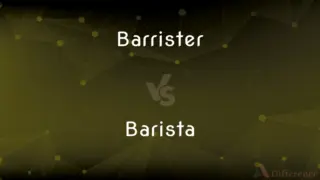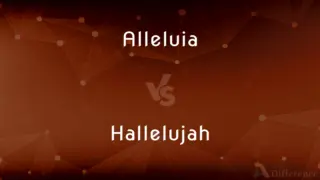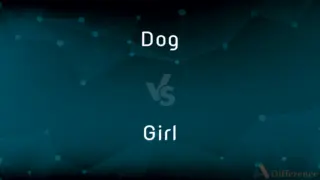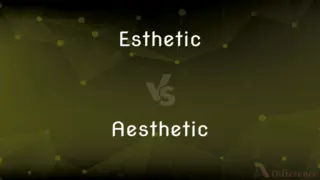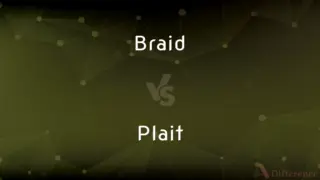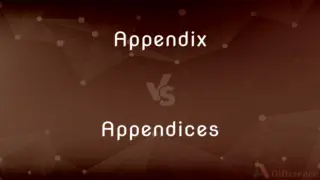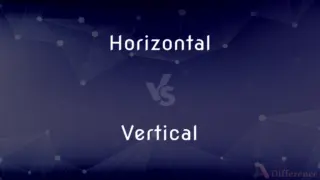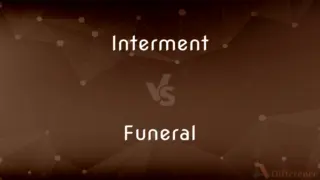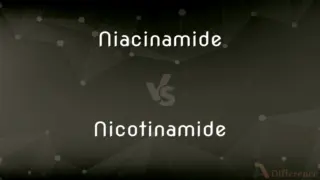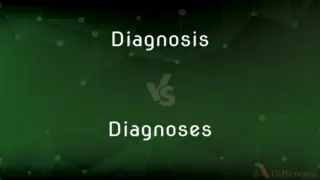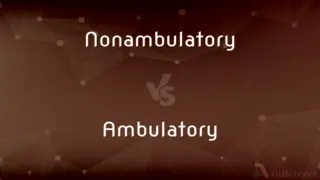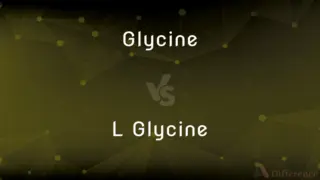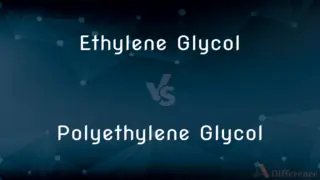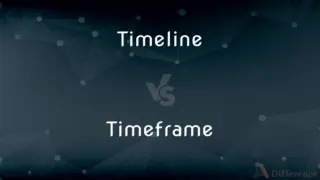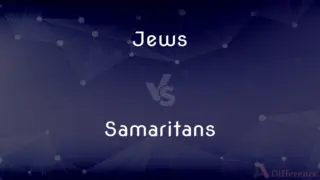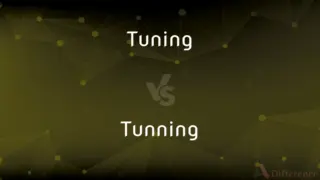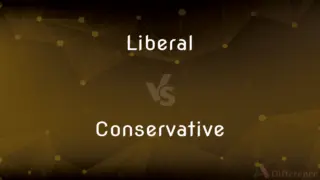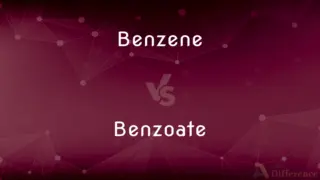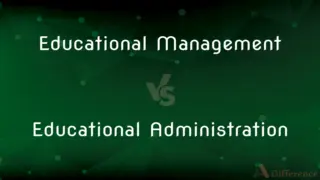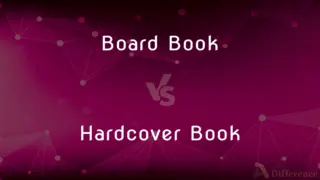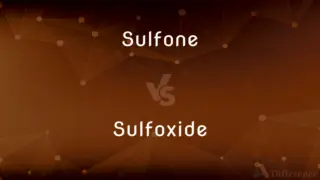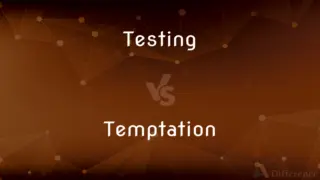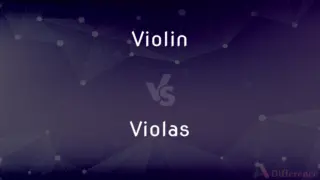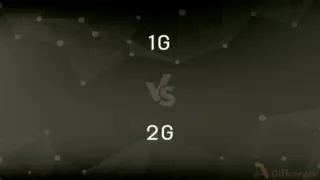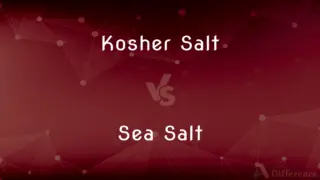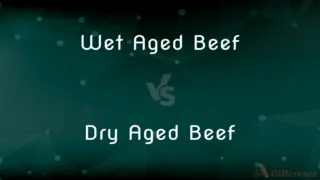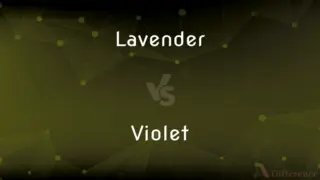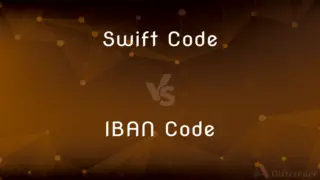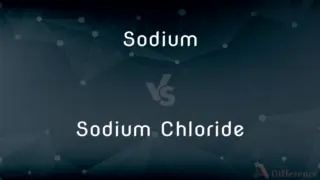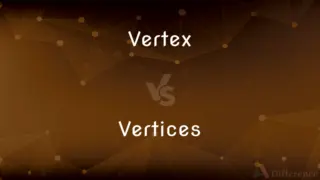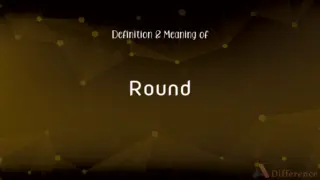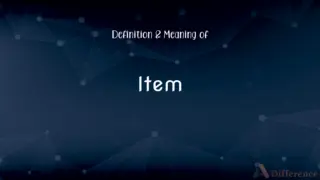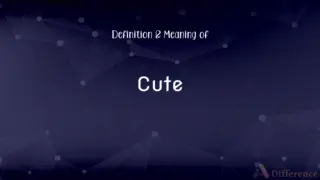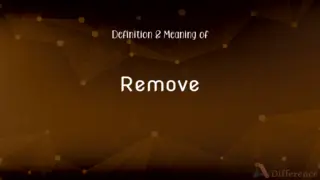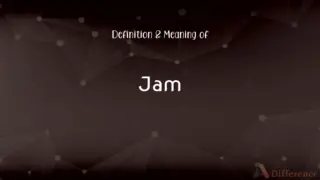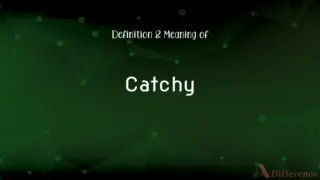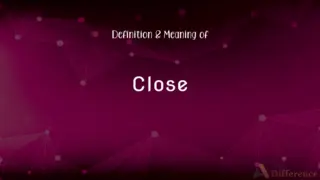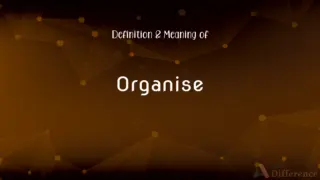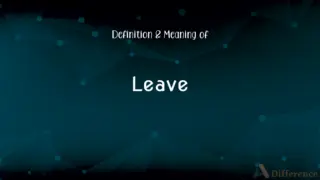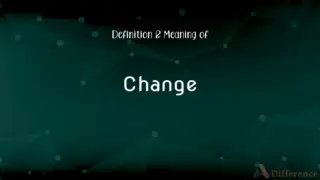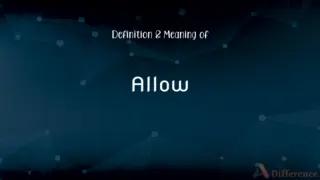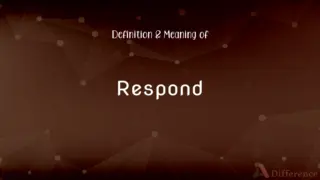Grapheme vs. Morpheme — What's the Difference?
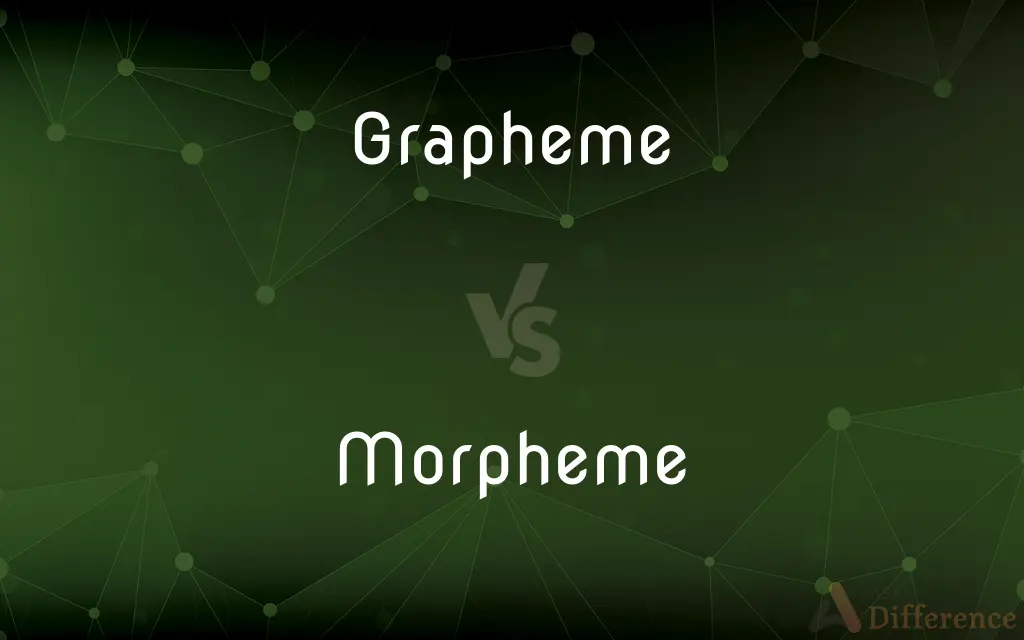
Difference Between Grapheme and Morpheme
ADVERTISEMENT
Compare with Definitions
Grapheme
In linguistics, a grapheme is the smallest functional unit of a writing system.There are two main opposing grapheme concepts. In the so-called referential conception, graphemes are interpreted as the smallest units of writing that correspond with sounds (more accurately phonemes).
Morpheme
A morpheme is the smallest meaningful lexical item in a language. A morpheme is not necessarily the same as a word.
Grapheme
A letter of an alphabet.
Morpheme
A meaningful linguistic unit that cannot be divided into smaller meaningful parts. The word man and the suffix -ed (as in walked) are morphemes.
Grapheme
All of the letters and letter combinations that represent a phoneme, as f, ph, and gh for the phoneme /f/.
ADVERTISEMENT
Morpheme
(linguistic morphology) The smallest linguistic unit within a word that can carry a meaning.
Grapheme
A fundamental unit of a writing system, corresponding to (for example) letters in the English alphabet or jamo in Korean Hangeul.
Morpheme
The smallest unit of meaning of a language, which cannot be divided into smaller parts carrying meaning; it is usually smaller than a single wordform, such as the -ed morpheme of verbs in the past tense or the -s morpheme of nouns in the plural form.
Grapheme
In alphabetic writing, the shortest group of letters composing a phoneme.
Morpheme
Minimal meaningful language unit; it cannot be divided into smaller meaningful units
Grapheme
A written symbol that is used to represent speech.
Grapheme
A written symbol that is used to represent speech;
The Greek alphabet has 24 characters
Share Your Discovery
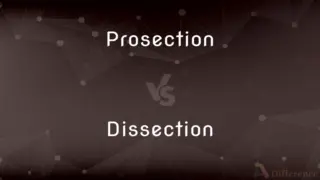
Previous Comparison
Prosection vs. Dissection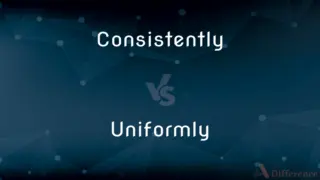
Next Comparison
Consistently vs. Uniformly
